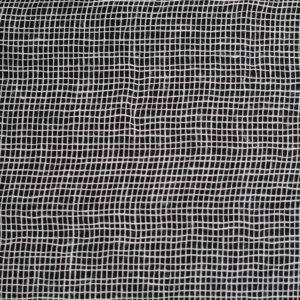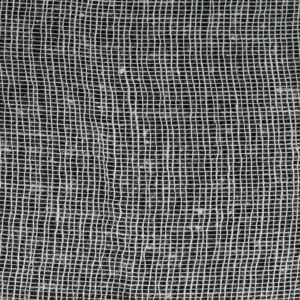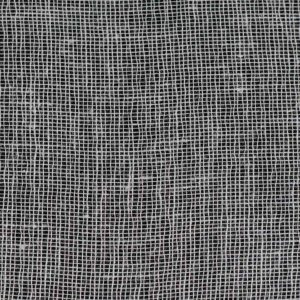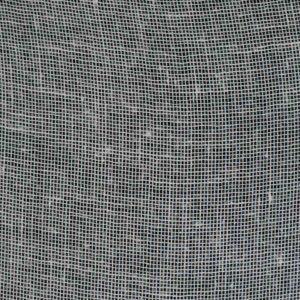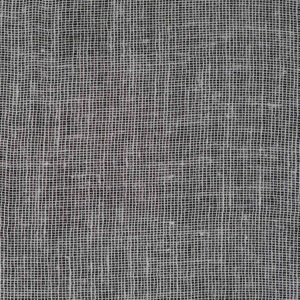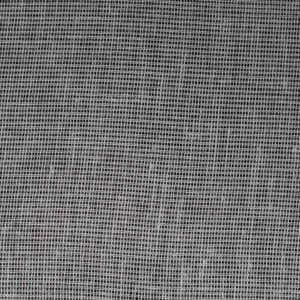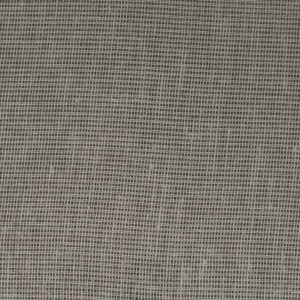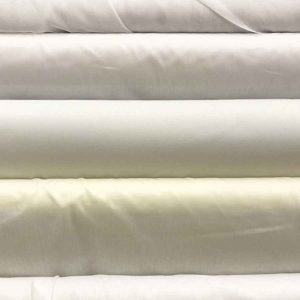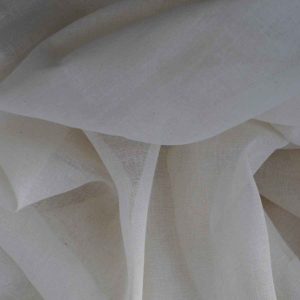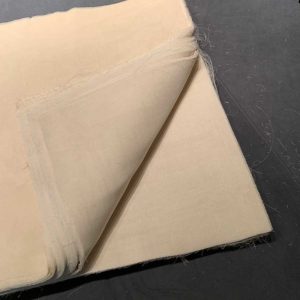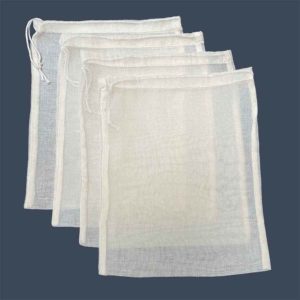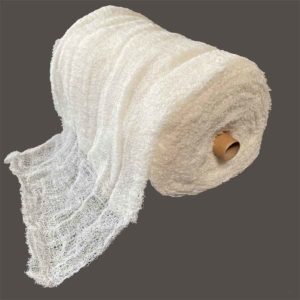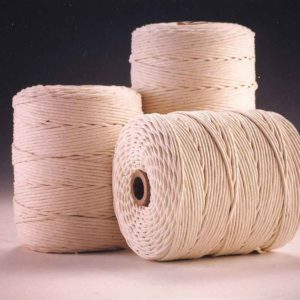Cheesecloth Products
Buy Cheesecloth Products
Cheesecloth fabric is loosely woven 100% cotton un-dyed fabric that we offer in a variety of grades and weaves. Cheesecloth is an excellent choice for low-lint cleaning, straining, filtering, polishing and food service applications because it has a unique combination of purity, softness, absorbency and strength.

Cheesecloth FAQs
placeholder
The grades of the cheesecloth are distinguished by the number of threads per inch in each direction. Grade 10 cheesecloth is considered the lowest grade and is the most open weave. Grade 40, 50 and 60 are medium weave, Grade 80 is a fine weave and Grade 90 is commonly referred to as extra fine weave. Grades 80 and 90 are the most durable of the cheesecloth fabrics currently on the market and can be washed and reused. The grade of cheesecloth that you choose is dependent on your specific application.
What do the cheesecloth grades mean?
The grades of the cheesecloth are distinguished by the number of threads per inch in each direction. Grade 10 cheesecloth is considered the lowest grade and is the most open weave. Grade 40, 50 and 60 are medium weave, Grade 80 is a fine weave and Grade 90 is commonly referred to as extra fine weave. Grades 80 and 90 are the most durable of the cheesecloth fabrics currently on the market and can be washed and reused. The grade of cheesecloth that you choose is dependent on your specific application.
Is cheesecloth safe to use with food?
All our bleached cheesecloth is considered food grade and has been processed to remove all the impurities of the natural cotton fibres such as seed particles and oils. Peroxide is used to clean and whiten the cheesecloth; it is a non-chlorine bleach that does not contain any chemical binders.
Can you reuse cheesecloth?
However, if the cheesecloth was used to strain greasy or oily substances or for something that had strong flavors or odors, it may not be reusable. In those cases, it is better to discard the cheesecloth and use new.
It’s important to note that cheesecloth can be fragile and can tear easily, especially after repeated use and washing. To extend its life, it’s recommended to handle cheesecloth with care and to wash it by hand in cold water.
What is cheesecloth made of?
What can cheesecloth be used for?
- Food Preparation
- Cheese Making
- Cooking, Straining, Filtering
- Canning, Syrup & Jelly Preparation
- Filtering Honey
- Wine Making
- Medical Bandages
- Craft Beer Production
- Wedding Decorations
- Nut Milk Bags
- Tea Bags
- Hunting & Game
- Lab Tests
- Aircraft Maintenance
- Prop Building
- Dusting & Cleaning
- Herbal Tinctures
- Mold Casting
- Plant Protection
- Paint Straining
- Faux Painting
- Furniture Finishing & Staining
- Polishing
- Waxing
- Nano Felting
- Graphic Arts
- Book Binding
- Craft Making
- Baby Blankets
- Curtains
- Dress Making
- Halloween Costumes
- Halloween Decorations
What is cotton scrim fabric?
Cotton Scrim material is a unique, 100% cotton gauze fabric that is available in both bleached and natural. It is breathable, has a sheer open weave and is a lightweight fabric that is considered translucent in nature.
It is popular in the theatrical, television and film industries because of its sheer appearance when light shines through from the back and opaque-look when lit from the front. This feature of scrim makes it very popular for stage props.
Cotton scrim fabric is also ideal for painted stage backdrops and it makes wonderful theatrical costumes. Because it is a breathable fabric, it is comfortable to wear under hot stage lights. This lightweight material has a soft hand and drapes with ease. It is easy to sew, although care must be taken to prevent it from unravelling.
Cotton scrim is also popular with photographers as it is used to control light intensity for photo shoots. It also makes for great window treatments because of its sheer open weave.

